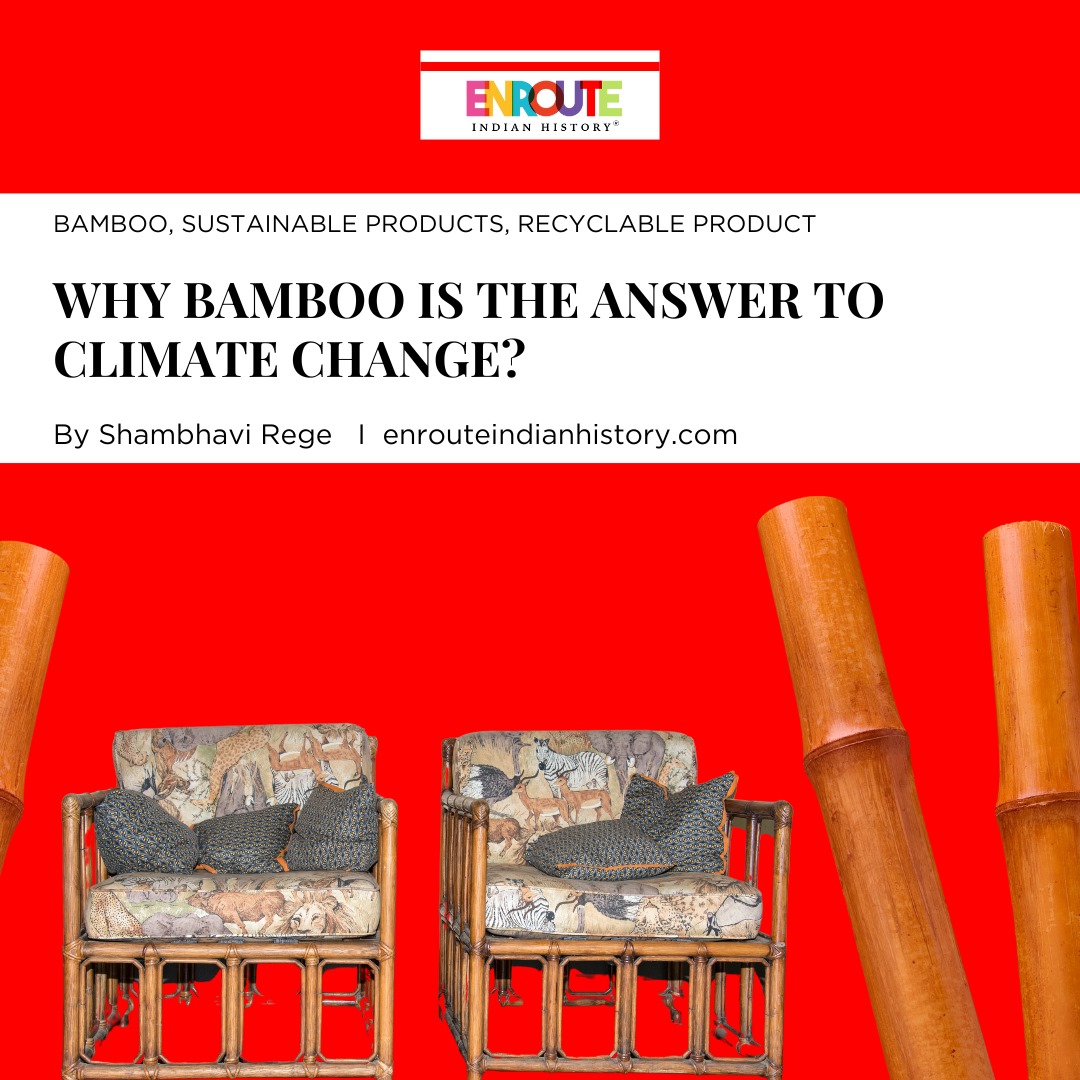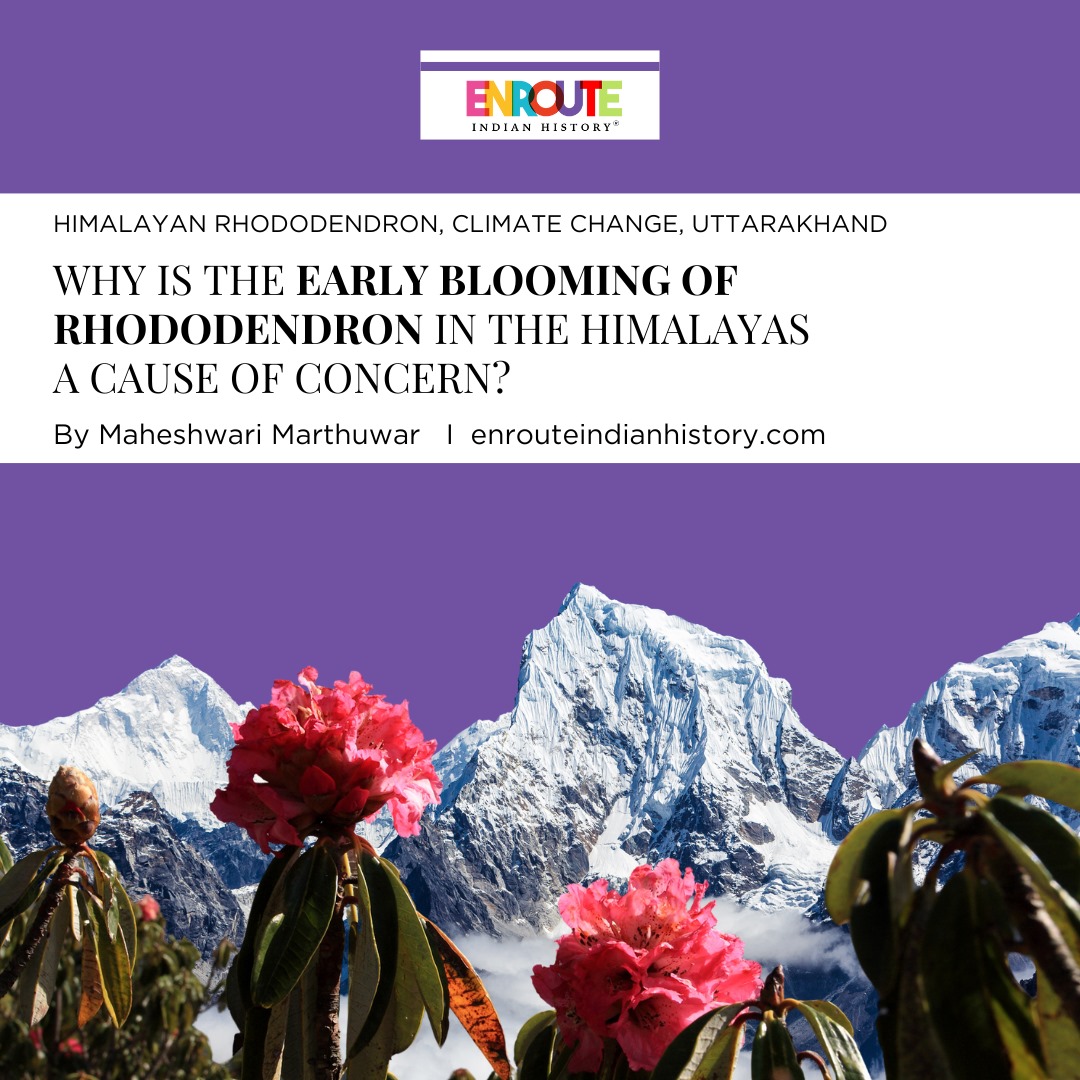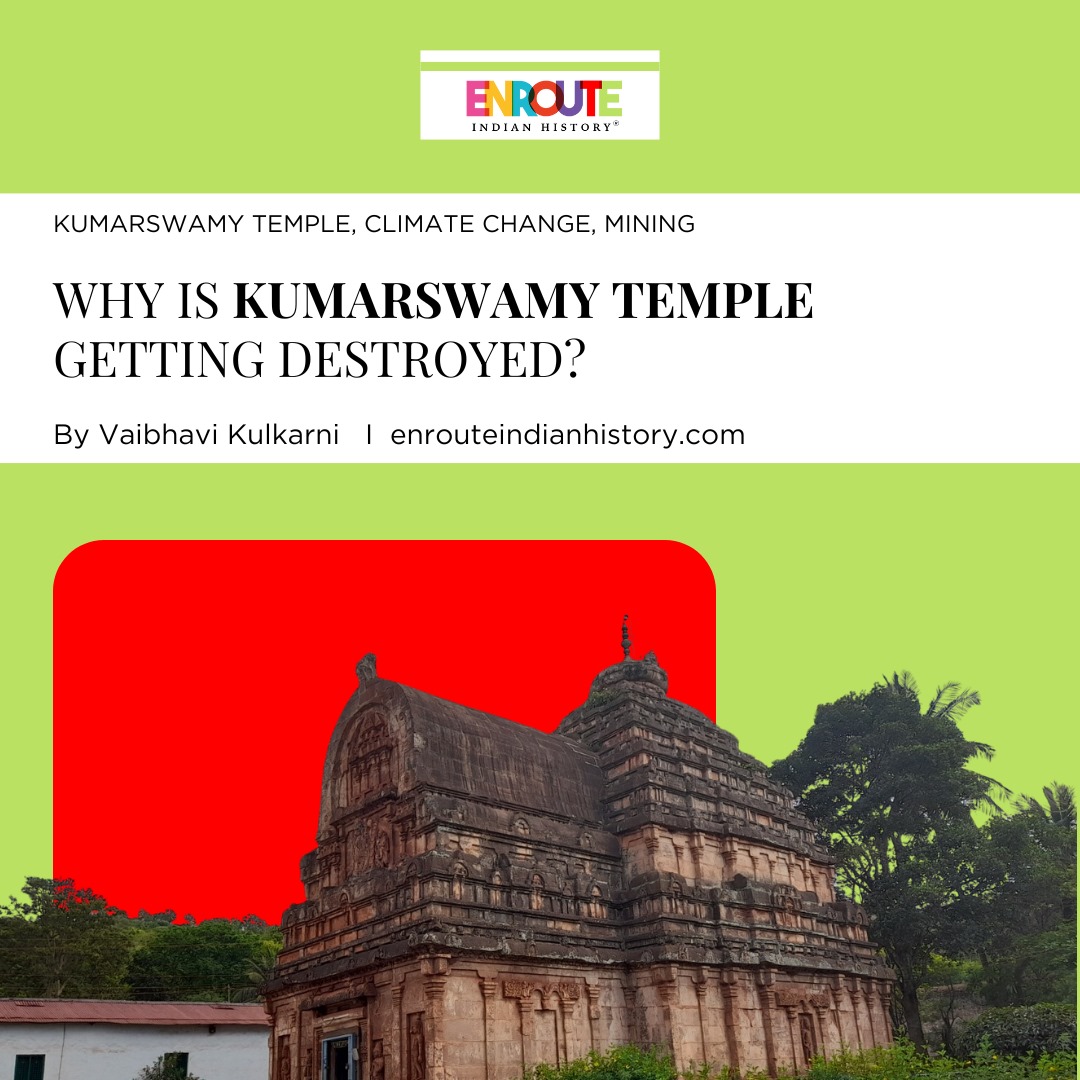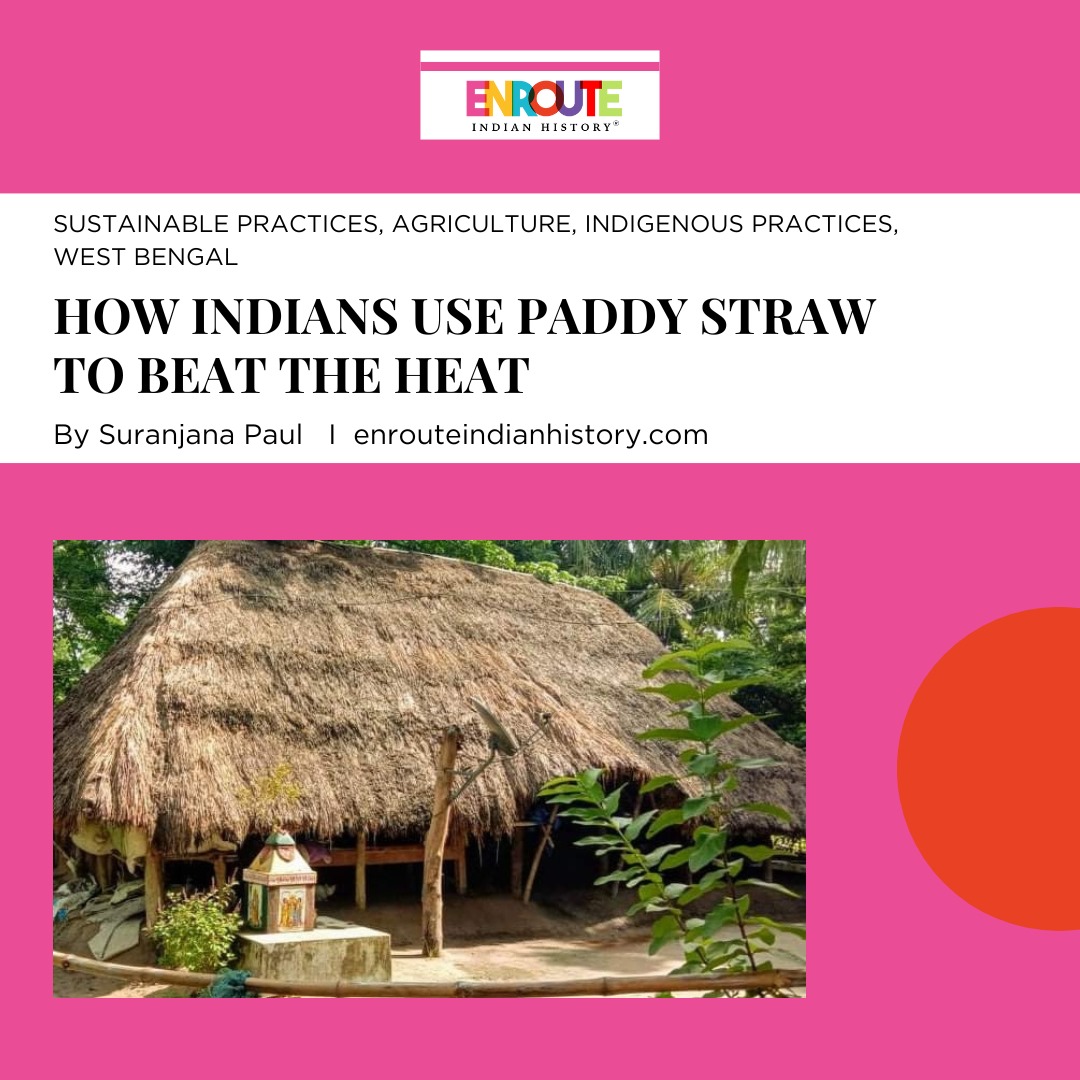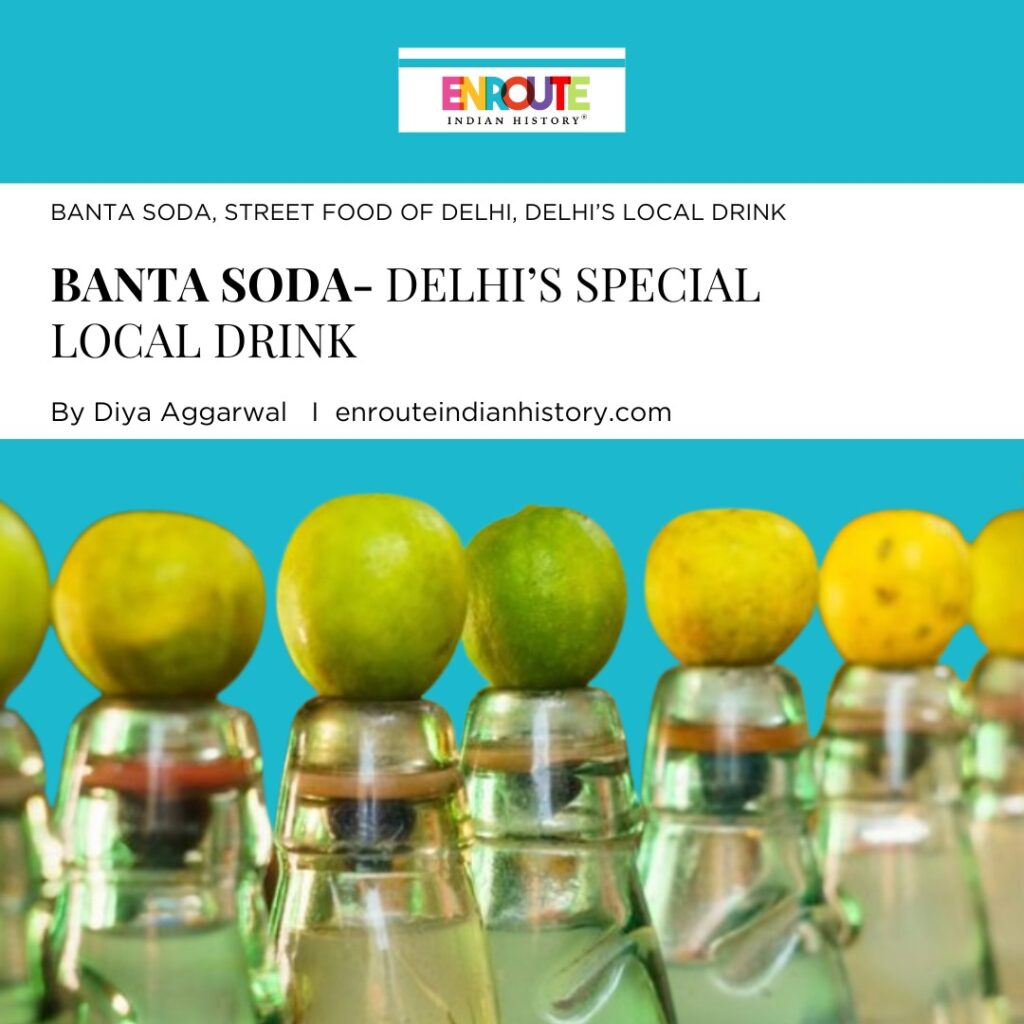
Delhi is renowned for its rich cultural tapestry and diverse culinary traditions, amongst which the street food of Delhi stands out. Amidst the bustling streets and markets, one can find a plethora of culinary delights that capture the essence of Delhi’s gastronomic heritage. Banta soda is a quintessential summer drink that not only provides relief from the sweltering Delhi heat but also embodies the cultural spirit of the street food of Delhi. This local drink holds a special place in the hearts of Delhiites.

(Amlan Mathur, Alamy Stock Photo – Banta bottles topped with lemons being sold)
Banta Soda – the name of the local drink – is a term for a unique type of lemon soda found in the city, which comes in distinctively tinted green Codd-neck bottles, sealed with a marble, and served with lots of ice and ample amounts of black salt. Alternatively known as Fotash Jawl in Bengali and Goli Soda in Hindi, the term “banta” originates from Punjab, where this local drink is believed to have gained popularity before spreading to Delhi and other regions. In Punjabi, “banta” specifically refers to marble, which is a key component of the unique packaging of this drink. Its history may be traced back to the 19th century, making it one of the oldest carbonated beverages sold in the Indian market, pre-dating the arrival of more rivaling, mainstream carbonated drinks.

(Cecil Munsey, Codd (Marble-In-The-Neck) Soda-Water Bottles, THEN and NOW! – Hiram Codd 1872 Patent Bottle)
In the early days, when carbonated drinks first emerged, they were typically stored in stoneware bottles. However, these vessels presented a challenge as they were prone to allowing gas to escape, resulting in the drink losing its characteristic fizziness and becoming “flat.” This issue prompted beverage makers to seek alternative solutions. Recognizing the need for a more effective containment method, they transitioned from stoneware to glass bottles. The Codd bottles, used to store the Banta Soda, initially originated in 1872 and were invented by Hiram Codd. The Codd bottle featured a unique design with a marble placed inside the neck, serving as a seal. The insertion and retention of a marble within the bottle’s neck, presented an efficient sealing solution for mineral water and soda bottles, eliminating the need for corks or external stoppers. The mechanism relied on the natural effervescence of the mineral water, which exerted pressure to push the marble against a rubber washer positioned at the upper ring of the bottle’s neck. This ingenious design not only ensured an effective seal but also enhanced durability, making it a highly efficient sealing method for beverage bottles. Known as the “banta-wali” bottles, they have now been put out of use in most countries except a few like India and Japan. Small local glass companies manufacture the Indian version of the Codd bottles that contain the Banta Soda. Opening the bottle entails pressing down on the marble, triggering the release of a spirited stream of soda and liquid accompanied by a resonant ‘pop’ sound. It was in the 1900s that these bottles were finally being produced by Indian manufacturers. Before that, they were imported from Britain. These British-manufactured pre-Independence Codd-neck bottles are very difficult to find and are cherished by vintage bottle collectors. This may be due to the children smashing the bottles to take out the marble inside. In 2017, Delhi had over 100 single-room bottling units.

(Priyanka Parashar / Mint – A Banta Soda bottling machine in operation)
The preparation process for Banta Soda is like that of other carbonated beverages, with the key distinction lying in the sealing method. Initially, dry or fresh ingredients such as lemons, salt, and water are combined, or other fruits depending on the desired flavor. This mixture is then carefully poured into the bottle through a funnel, as the narrow neck of the bottle necessitates precision. Once the bottle is filled to the brim, it is securely positioned in a soda machine, ensuring stability during the carbonation process. A nozzle is then used to seal the bottle’s mouth, infusing the mixture with carbon dioxide. The bottle is rotated two to three times within the soda machine, to help dissolve some of the carbon dioxide into the mixture and cause the marble to rise to the top. Once the marble reaches the neck of the bottle and the rubber ring, the bottle is promptly sealed shut, completing the process. This meticulous procedure not only ensures the beverage’s carbonation but also enhances its shelf life.

(PuneTimes, Pinterest – A glass of the Banta Soda)
Beyond its refreshing taste, Banta Soda is a cultural symbol in Delhi’s social fabric. It is not merely a beverage but a shared experience that brings people together, whether they are gathering at roadside stalls, family picnics, or festive celebrations. The local drink is deeply involved in the street food of Delhi, a hallmark of the bustling markets and vibrant streets of Delhi. It is often enjoyed alongside other iconic street snacks like chaat and samosas, forming part of the quintessential street food experience. The drink is sold by street vendors at various places, with the price starting from just Rs. 10 or 20. This association with street food highlights its accessibility and affordability, making it a drink for the masses rather than a luxury item. Additionally, Banta Soda evokes a sense of nostalgia, particularly among older generations who reminisce about simpler times when street vendors would sell the local drink from their carts. A part of the revolutionary history of the country, it has served its part in the freedom struggle. The local drink was supposed to have been banned before 1947 in many parts of the country, as rioters improvised the bottles to be used in the form of a weapon by putting chuna or calcium hydroxide in them.
These banta bottles are reusable and more sustainable than the plastic packaging of Coca-Cola or other carbonated drinks. Some distributors take some amount as a security deposit from every Banta soda seller to deliver a fixed amount of bottles. They recollect the used bottles from the seller, and clean and refill them with the soda, making it ready for consumption again. Other than that, these bottles are made from glass which is a sustainable packaging material.
In the present market scenario, the economics of the hawker trade present significant challenges for mid-scale bottlers of Banta soda. One of the primary challenges is the fragmented nature of the hawker trade. Unlike large-scale beverage companies that benefit from centralized production and distribution networks, mid-scale bottlers rely on a network of individual street vendors to sell their products. This decentralized model often leads to inefficiencies in supply chain management, distribution, and sales, making it difficult for mid-scale bottlers to achieve economies of scale and compete on cost with larger competitors. The lack of regulatory stability creates additional risks for mid-scale bottlers, who may find themselves at the mercy of changing regulations and enforcement actions.

(Sin-a-mon tales, WordPress – Banta Soda being sold at Social)
The original Banta Soda sellers are increasingly faced with constant competition from not only other carbonated drinks but also, the commercially mass-manufactured versions of the Banta Soda that are being sold in the market in different tangy and sweet flavors. The local drink has also been appropriated into fancy variants, being sold by upscale restaurants.
Banta soda, however, transcended its status as a beverage to become a cultural icon, embodying the spirit of Delhi’s streets, the warmth of its communities, and the nostalgia of its past. Its enduring popularity speaks to its timeless appeal and its ability to bring people together across generations. The unique packaging of the local drink, its flavor profile, and its serving style make it instantly recognizable and beloved by locals and visitors alike. Banta Soda contributes greatly to Delhi’s cultural identity, serving as a symbol of the city’s rich culinary heritage.
REFERENCES
- Rana, S. (2018). Banta: Your Perfect Thirst Quencher This Summer! [online] NDTV Food.
- Anuja and Raghav, K. (2010). Pop culture. [online] mint.
- The Economic Times. (2013). Banta: Why the street drink is still popular in Delhi. [online]
- Gatusso, R. (n.d.). This Sweet and Salty Indian Soda Comes in a Victorian-Era Bottle. [online] Atlas Obscura.
- Munsey, C. (2010). Codd (Marble-In-The-Neck) Soda-Water Bottles, THEN and NOW! [online] Available at: https://bottleinfo.historicbottles.com/pdffiles/coddarticleMunsey.pdf.
- May 15, 2024
- 6 Min Read


